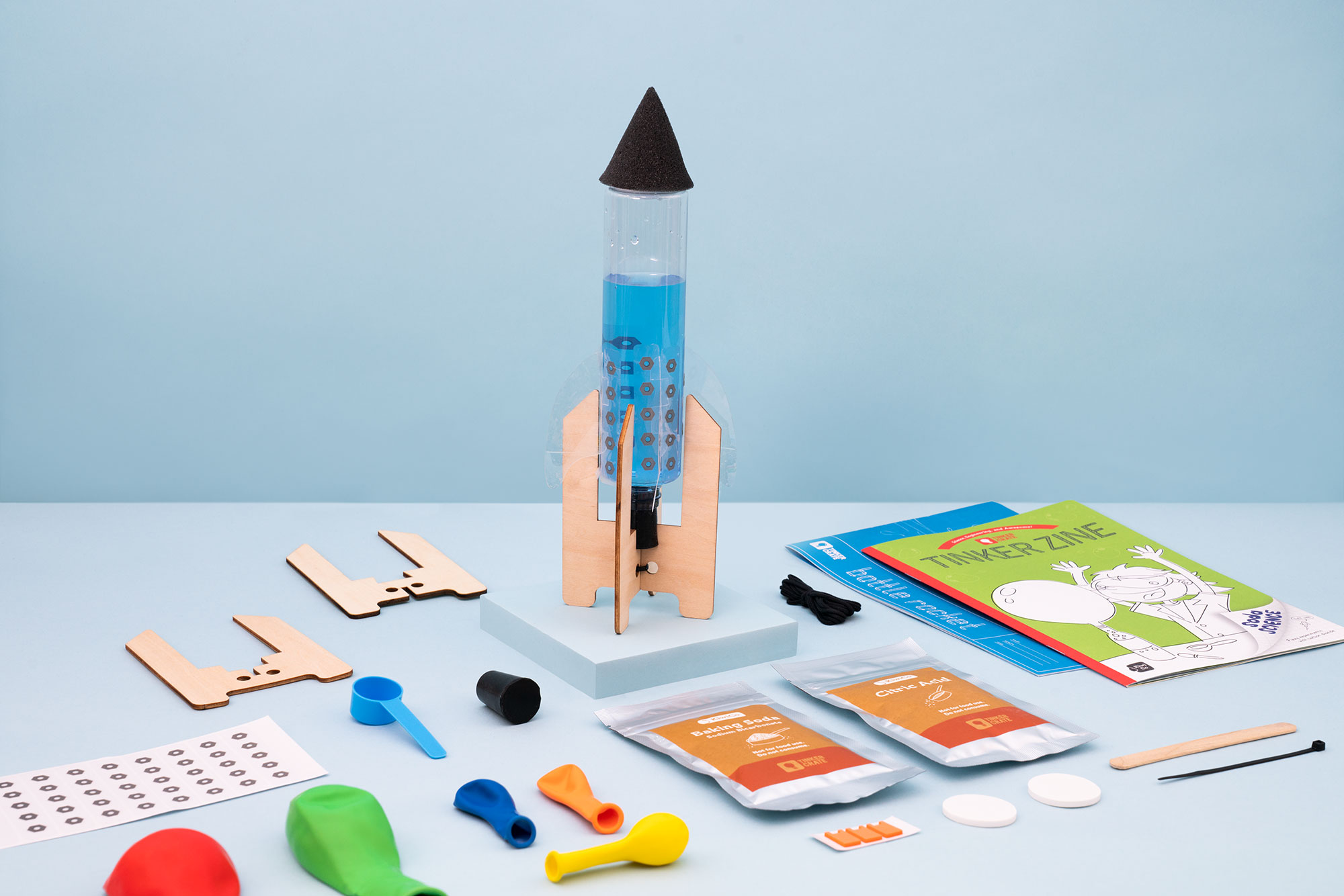The Excitement of Bottle Rockets
Bottle rockets have been captivating people's imaginations for generations. These small yet mighty fireworks bring a sense of joy and wonder to celebrations. Launching bottle rockets is an exciting activity that combines science, fun, and a dash of adventure. But have you ever wondered how they actually work? Let's dive into the science behind bottle rockets and uncover the magic behind their flight.
How Do Bottle Rockets Work?
Bottle rockets operate on the principle of Newton's third law of motion, which states that every action has an equal and opposite reaction. By creating a controlled explosion, bottle rockets generate a powerful thrust that propels them into the air.
The Components of a Bottle Rocket
A bottle rocket consists of several key components: a plastic bottle, a nose cone, fins, a launch pad, and a propellant. Each part plays a crucial role in ensuring a successful launch and flight.

Looking for all of the ingredients and instructions for an epic blast-off? KiwiCo’s Bottle Rocket kit is a convenient & awesome summer project for kids!
The Role of Water in Bottle Rockets
Water is an essential ingredient in bottle rockets. It serves as a reaction mass, providing the necessary weight and stability during the initial launch. As the water is expelled, the rocket becomes lighter, allowing it to gain altitude.
The Propellant: A Powerful Force
The propellant is the heart of a bottle rocket. It typically consists of a mixture of baking soda and citric acid. When combined, this mixture undergoes a rapid combustion process, producing a large volume of gas and releasing energy.
Thrust and Newton's Third Law
According to Newton's third law, the expulsion of this gas downward creates an equal and opposite force, known as thrust. This thrust propels the rocket upwards.
Stability and Aerodynamics
To ensure a stable flight, bottle rockets are designed with fins and a nose cone. The fins provide stability by creating drag and preventing the rocket from spinning uncontrollably. The nose cone reduces air resistance and helps streamline the rocket's trajectory.
The Physics of Launching
Launching a bottle rocket requires careful preparation. The rocket is placed on a launch pad, which provides stability during liftoff. The launch pad also helps to direct the initial force vertically, ensuring a straight ascent.
Safety Precautions
Safety is paramount when dealing with bottle rockets. Always follow the instructions provided by the manufacturer, and never aim bottle rockets at people, animals, or structures. It's important to launch bottle rockets in open areas away from power lines.
Environmental Impact
While bottle rockets bring joy to celebrations, it's crucial to consider their environmental impact. The debris left behind after a launch can contribute to pollution, especially if not properly disposed of. It's our responsibility to enjoy bottle rockets responsibly and protect the environment.
The Joy of Bottle Rockets
Bottle rockets offer a thrilling experience for people of all ages. The excitement of launching a rocket into the sky, the anticipation as it reaches its peak altitude, and the burst of color and light create unforgettable moments that spark joy and foster a sense of wonder.
Conclusion
In conclusion, bottle rockets are the result of scientific principles in action. From the careful balance of thrust and stability to the laws of motion and aerodynamics, bottle rockets showcase the wonders of physics. So, the next time you gaze up at the sky and witness the mesmerizing flight of a bottle rocket, remember the science behind the spectacle.
FAQs
Q1: Are bottle rockets dangerous?
A1: While bottle rockets can be fun, they can also be dangerous if not handled properly. Always follow safety guidelines and exercise caution when launching them.
Q2: Can I make my own bottle rocket propellant?
A2: It is not recommended to make your own bottle rocket propellant. It requires expertise and can be hazardous. It's best to purchase commercially made bottle rockets.
Q3: Are bottle rockets environmentally friendly?
A3: Bottle rockets can have an environmental impact if not properly disposed of. Be sure to clean up any debris after a launch and dispose of it responsibly.
Q4: Can I launch bottle rockets in my backyard?
A4: It depends on local laws and regulations. Check with your local authorities to determine if launching bottle rockets is permitted in your area.
Q5: How high can bottle rockets go?
A5: The altitude reached by bottle rockets can vary depending on the design and propellant used. Some bottle rockets can reach heights of several hundred feet.
